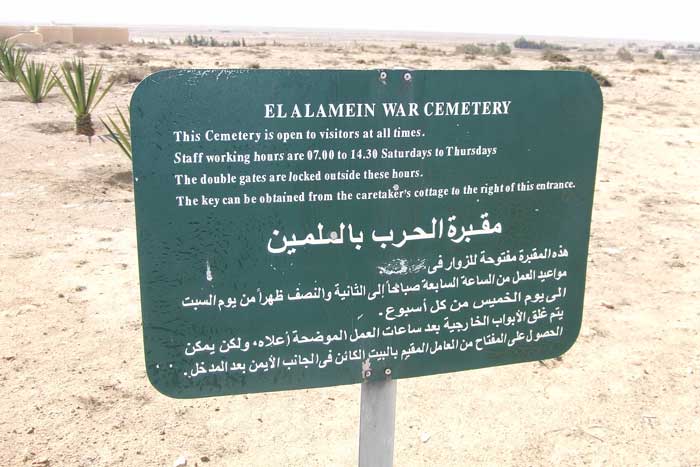The Airmen's Stories - F/O R G A Barclay
Richard George Arthur Barclay was born at Upper Norwood, Surrey on 7th December 1919, the son of the Revd. Gilbert Arthur Barclay (1882-1972) and Dorothy Catherine Topsy Barclay (nee Studd 1891-1980).
RGA Barclay grew up at the rectory at Great Holland, near Frinton-on-Sea, Essex, where his father was the incumbent until 1939, when he moved to the living at Cromer, Norfolk.
They were related to the banking family. CT Studd, maternal grandfather of RGA Barclay, had played cricket for Middlesex and England.
He was educated at Stowe School and then went to Trinity College, Cambridge to read Economics and Law.
In 1938 he joined the University Air Squadron and was commissioned in the RAFVR in June 1939.
Called up in October, Barclay went to 3 ITW Hastings on 8th November 1939. He began his RAF flying training at Cranwell on 1st January 1940 and with this completed he was then posted to No. 1 School of Army Co-operation on 2nd June.
Eight days later he moved to 5 OTU Aston Down to convert to Hurricanes and on 23rd June he joined 249 Squadron at Leconfield.
On 2nd September 1940 Barclay damaged a Me110, on the 7th he shot down a Me109 and damaged a Do17 and a He111, on the 15th he shot down a Do17, probably destroyed two others and damaged a fourth, on the 18th probably destroyed a He111, on the 19th shared a Ju88 and on the 27th claimed a Me109 and a Ju88 destroyed.

During the attack on Ju88s on that day, Barclay, in Hurricane V6622, was shot down south of London and made a forced-landing at West Malling. He got a probable Me109 on 15th October, two probable Me109s on 7th November and shared another on the 14th.
He was awarded the DFC (gazetted 26th November 1940).
On 29th November 1940 Barclay was shot down by a Me109 and wounded in the ankle, legs and elbow. He spent two months in hospital and did not return to 249 Squadron until March 1941.
In describing the events of 29th November he wrote that he had landed in an apple orchard and '...the usual crowd came running up and put me in a car. I was taken to Pembury Hospital [near Tunbridge Wells] in high spirits and very excited. Nasty hole in ankle whence came nose of cannon shell..'.
He was operated on that evening.
He was posted to 52 OTU Debden as an instructor on 7th May. Three months later he joined 611 Squadron at Hornchurch as a Flight Commander.
During a sweep over St Omer on 20th September 1941, Barclay was attacked by Me109s and his engine damaged. He forced-landed at Buyschoeure after breaking high tension cables. With the help of the French Resistance he crossed the Spanish Frontier, arriving in Barcelona on 7th November. He reached the British Embassy, left for Gibraltar on 7th December and arrived back in the UK two days later.
After a short attachment to HQ Fighter Command, Barclay was posted to HQ 9 Group as Tactics Officer. On 4th April 1942 he was given command of 601 Squadron, then about to go to the Middle East. The squadron embarked at Liverpool on 10th April in HMT K6 (SS Rangitata) and reached Port Tewfik on 4th June, having gone via South Africa and Aden.
Barclay did not get a chance to lead 601 squadron. He went to command 238 Squadron at Amriya from 2nd July 1942.
On the 16th he shot down a Me109. In the afternoon of 17th July he destroyed a Ju87.
In the early evening he led 238 Squadron on a patrol of the Alamein area acting as top cover for 274 Squadron. As 238 Squadron moved to attack some Ju87s it was jumped by Me109s and Barclay was shot down and killed, possibly by Leutnant Werner Schroer of III/JG27.
Barclay is buried in the El Alamein Cemetery and he is commemorated on a plaque in Cromer Parish Church, where his father was vicar from 1939 to 1946.
Barclay’s elder brother, Lieutenant GC Barclay, died on 5th May 1944 serving with the 2nd Battalion, Royal Norfolk Regiment. He is buried in Kohima War Cemetery, India.

His portrait was made by Eric Kennington (above).




Alamein photographs courtesy of Colonel C R Romberg RA, British Embassy Cairo.

|